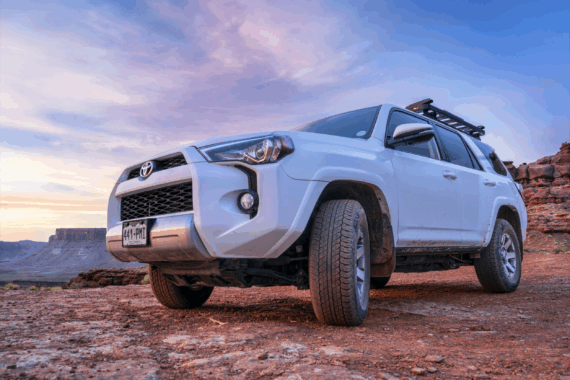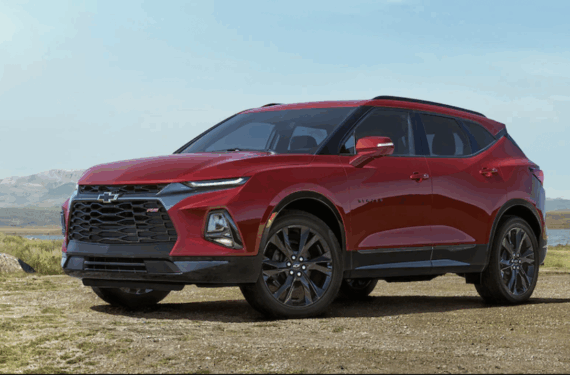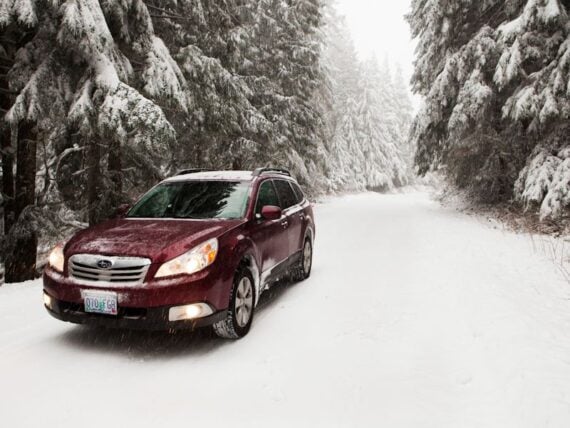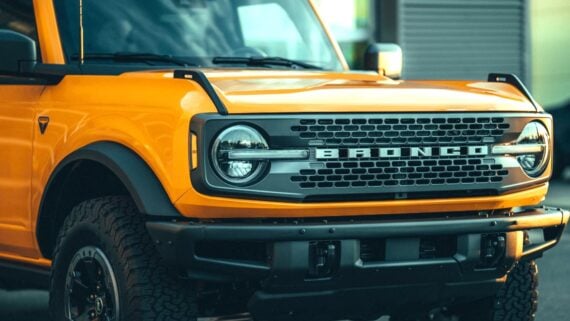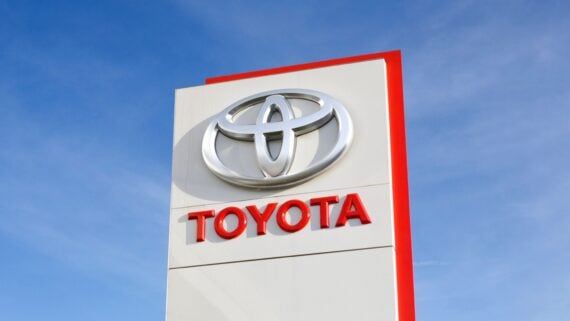Toyota is the world’s biggest automaker and the one of the largest companies on Earth in terms of revenue. Although bigger doesn’t always mean better, the cost-to-own awards and best resale value prizes that Toyota rakes in make a bold statement. “That tells you a lot,” says Karl Brauer, executive analyst with iSeeCars.com. “Both used- and new-car buyers know that they can buy a Toyota and expect a pretty stress-free and worry-free ownership experience.” Here’s a look at the Toyota standouts that have earned enduring praise, including the beloved 4Runner, which is celebrating its 40th anniversary.
Related: Most Popular Cars of the Past 50 Years
4Runner
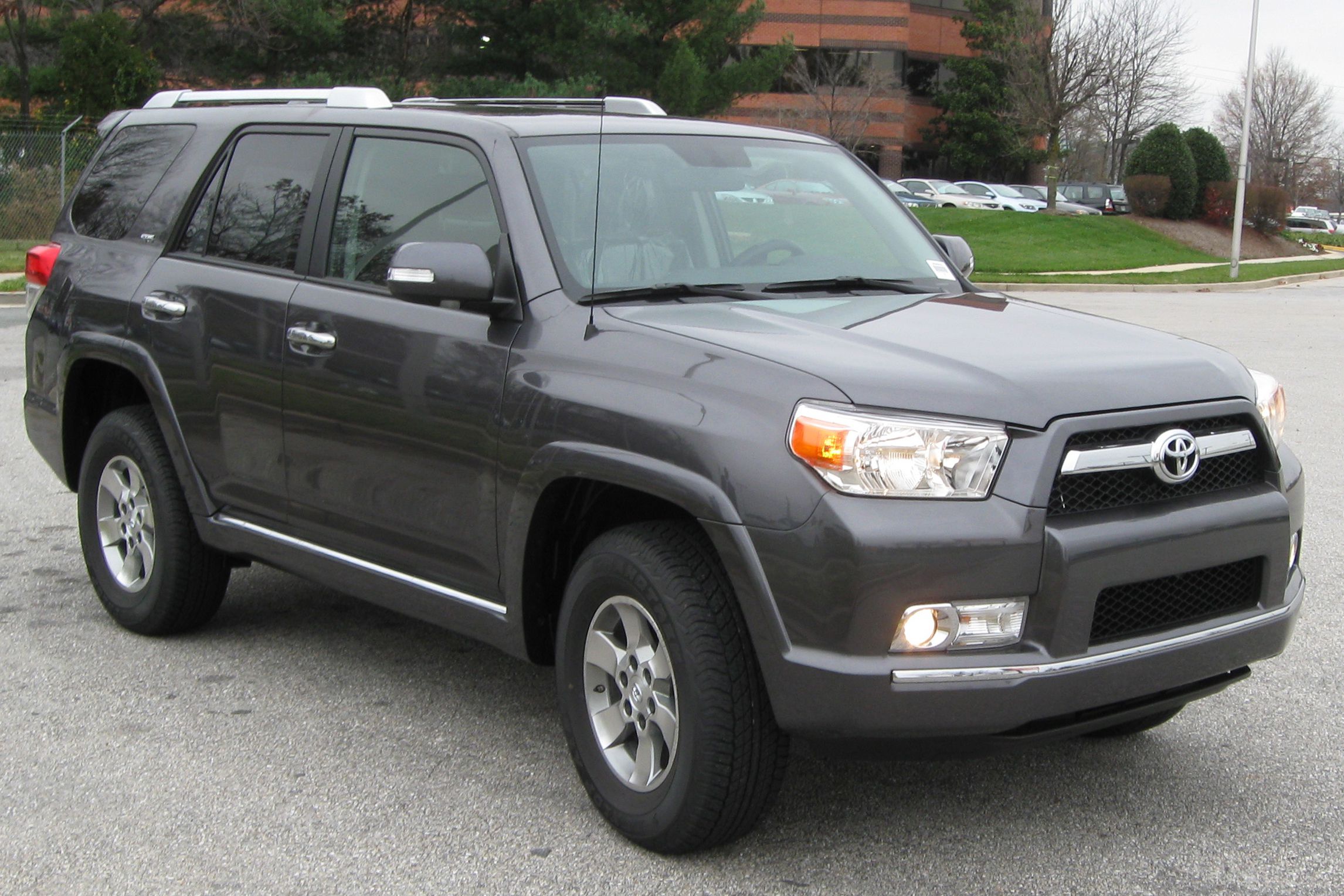
Like so many other Toyotas, the 4Runner is heralded for its reliability — but it’s also loved for its rugged off-road capabilities, which has resulted in more than 4 million in cumulative sales since it was introduced. Available in all-wheel drive, it transitions well from the trail to the road and seats five. The midsize SUV is pricey for its class, but Edmunds reviewers, who give it 4.5 stars out of five, say it pays back the difference and then some thanks to low long-term ownership costs. The car is getting a limited-edition 40th anniversary makeover, with only 4,040 available in the United States, with bronze-colored 17-inch alloy wheels and tailgate badge and body-color-matching grille.
Camry
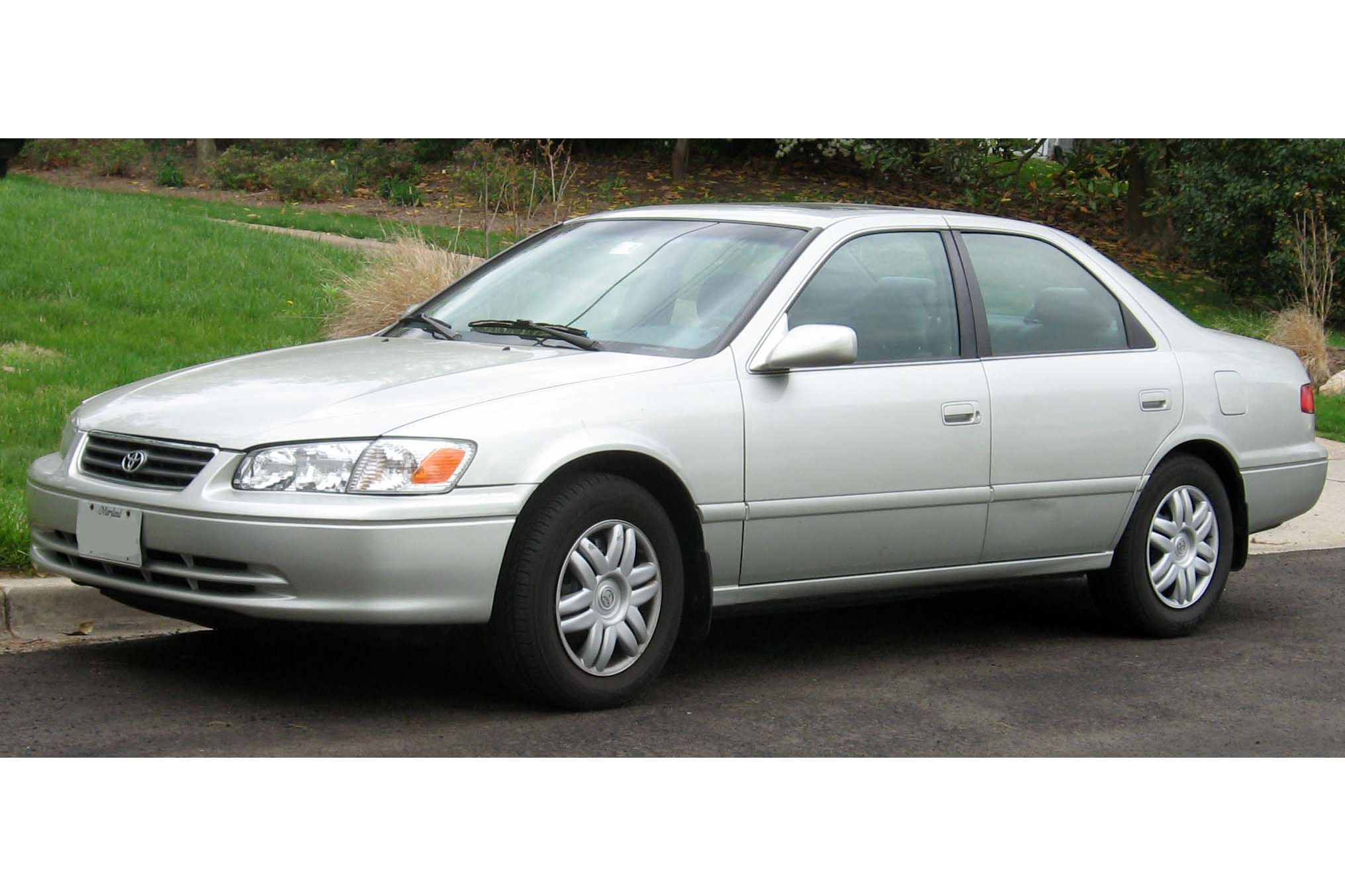
When it comes to trust in Toyotas, there is the Camry and there’s everything else. In 1997, the Camry became the first Toyota in history to earn the distinction of being the bestselling car in America when it knocked the Ford Taurus off its perch. With the exception of 2001, the Camry has reigned supreme as America’s favorite car for every year through 2018. For more than two decades, the Camry has ruled the space where dependability, reliability, and cost converge. No other dynasty in automotive history can compete. “It’s been the mainstay of the brand for most of its history in this country,” Brauer said.
Related: Japanese Cars That Changed the Game
Corolla
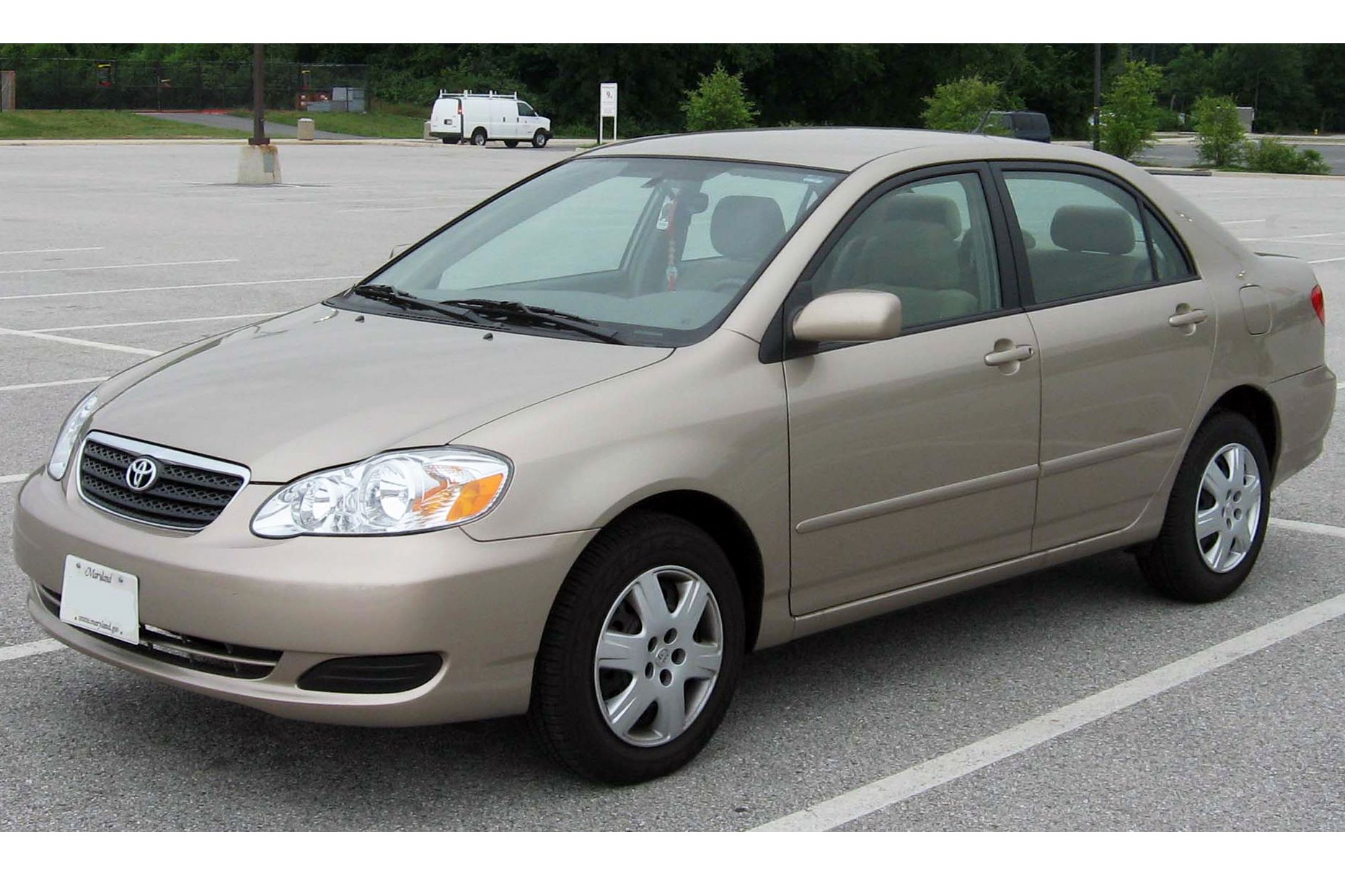
For a generation, King Camry has been backed up by a pared-down, JV version of itself that has long been trusted by its owners — the Corolla.
“It’s basically a junior Camry,” Brauer said. “So it’s even more affordable, and it has as much or more of a strong reputation for long-term reliability. If someone says they want to spend the least amount of money on the most dependable, long-lasting car, for several decades now, you could argue that the word ‘Corolla’ would be the answer.”
Related: These Are the Least Expensive Cars to Own
Land Cruiser
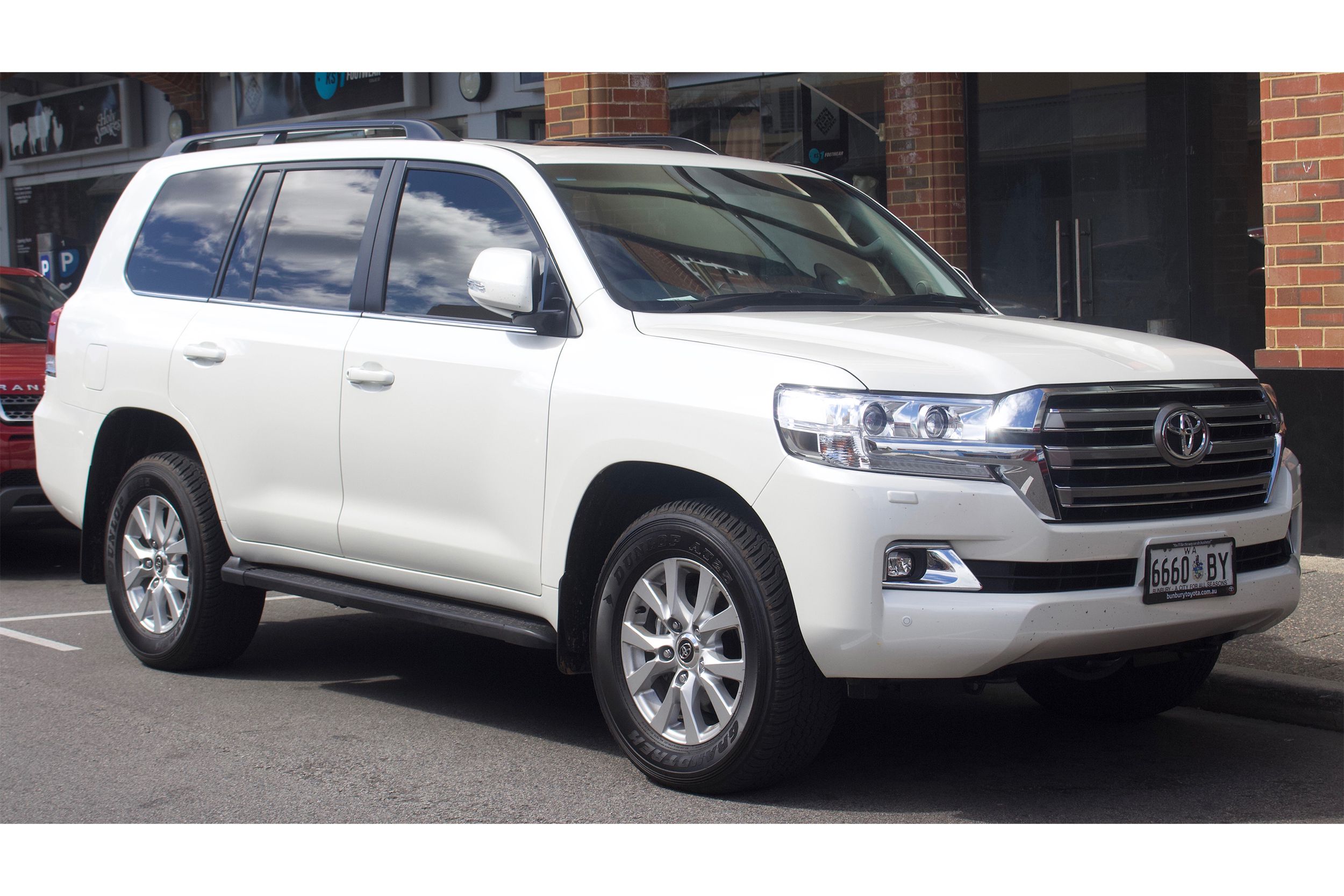
Brauer has long been a fan of the Land Cruiser, which emerged as a military vehicle in Japan in the 1950s and was refined for civilian use as a direct competitor to the Land Rover.
“They’re pretty amazing,” Brauer said. “There’s been some version of a Toyota Land Cruiser for several decades now, and they’ve always been extremely well-respected from a capability and durability standpoint. If you’re looking for something that can genuinely go off-road and climb over rocks — not a poser SUV, which there are plenty of these days — that is very robust and durable, it won’t break on you even if you do that for years and years. That’s a contrast to, say, a Land Rover, which is a very capable SUV, but one that will break down.”
Brauer points to its incredible resale value as proof — to save any real money buying used, you’d have to look for a Land Cruiser that’s very old, with lots of miles. “They’ve got a great reputation among genuine off-road, over-landing people who know their vehicles,” Brauer said.
Related: The Surprising History of the Toyota Land Cruiser
Mark II/Mark X
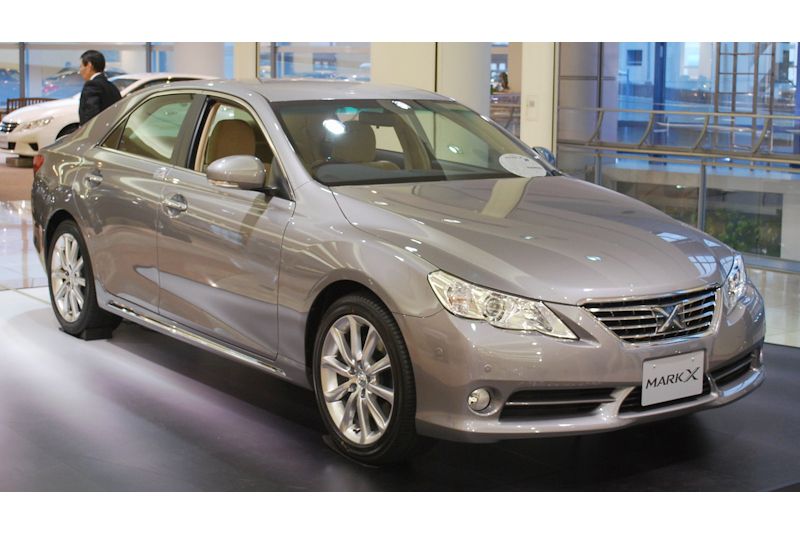
In 2019, Toyota bid farewell to the Mark X, a nameplate it had produced in one form or another for more than half a century. The luxury rear-wheel-drive sedan was launched as the Mark II in 1968, but in 2004, it became the Mark X. According to the auto-news site Motor1, Toyota marketed the Mark X as a Camry alternative that was billed as a Japanese BMW. Americans are more likely to know it as the Corona, which it was sold as in the United States starting in 1972. In 1977, however, the body changed and so did the name. From that year until 1992, it was known here as the Cressida.
Related: Unique Cars That Should Be Resurrected
Trending on Cheapism
RAV4
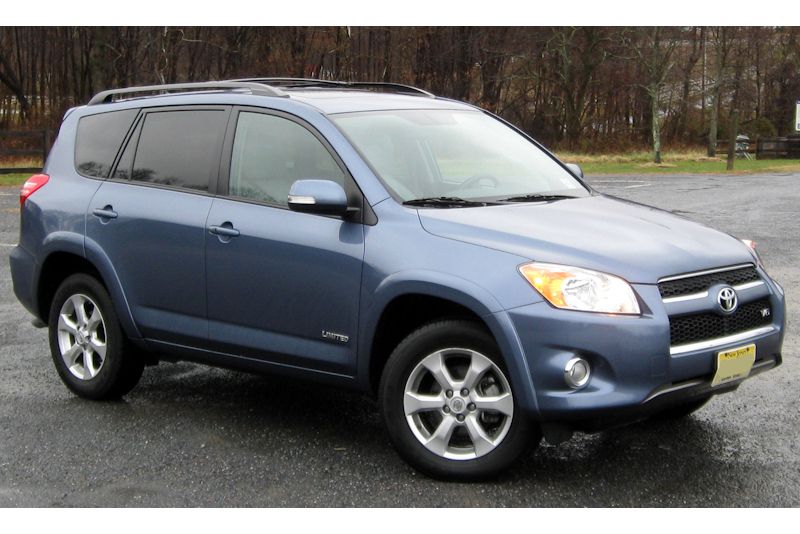
According to Brauer, the RAV4 is the “vehicle that has kind of replaced” the Camry as a result of a buyer shift from cars to SUVs.
“It’s another really well executed Toyota, reflected in its volume, how many are selling, and its resale value — people are big fans of it,” Brauer said. “You essentially get an SUV-like vehicle from its looks and its increased interior flexibility and functionality, but you’re getting it for about the price of a Camry. The RAV4 is becoming more of the poster child for Toyota in recent years than the Camry was for decades.”
Related: Most Popular Car in Every State
Lexus RX
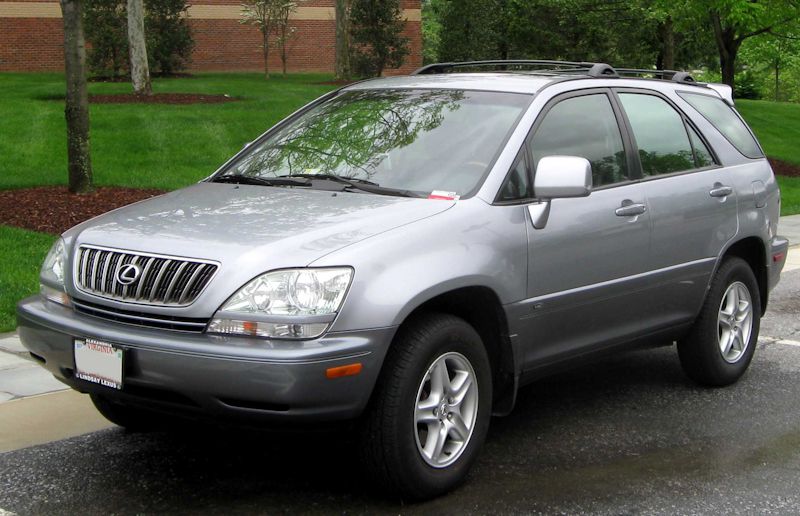
Toyota’s Lexus division has long been known for luxury, but innovation is what made the Lexus RX shine. Until 1999, midsize SUVs were basically wagons built onto pickup truck frames. That year, Lexus reinvented the genre with the RX, the first successful SUV built on the body of a passenger vehicle — none other than the Camry. It was also revolutionary in that it was offered in front-wheel drive instead of just all-wheel or four-wheel drive.
“The RX was really a game changer and paradigm shift in the SUV market,” Brauer said. Offering the maneuverability of a sedan with serious off-road and all-weather capability, the revolutionary new car/SUV hybrid would become the standard-bearer of the SUV market and go on to account for 40% of Lexus’ sales.
“Today almost every successful SUV is a car-based SUV that you can get in front-wheel drive, but that was pretty much unheard of in the late 1990s,” Brauer said. “That vehicle by itself has pretty much been the Lexus brand. It’s not overstating it to say without the RX, that one model, that the entire Lexus brand would have been a much harder justification for the parent company Toyota to even create. Every other Lexus since has been a fringe player.”
Related: Luxury Cars Under $50K That Are Totally Worth Owning
Highlander
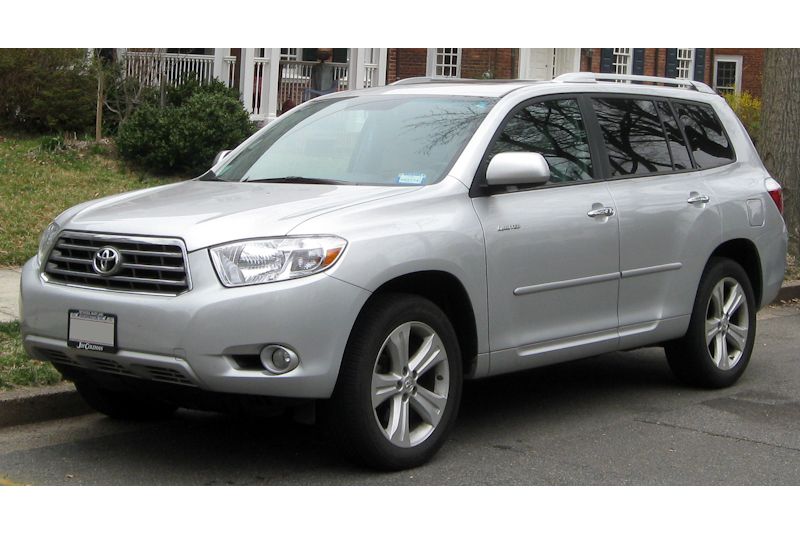
The Highlander is the Toyota version of Lexus RX, just as the Camry is the Toyota version of the Lexus ES. Both share a lot of parts with their Lexus counterparts, just without all the high-priced luxury bells and whistles. While Bauer said the ES always looked “kind of like a gussied-up Camry,” the Highlander could never be mistaken for a Lexus RX.
“The Highlander never had a similar styling that you would think they were the same vehicle, but platform-wise and engineering-wise, they had lots of shared components and lots of shared engineering. They’re essentially the same car from a structural basis.”
In other words, the Highlander put the nuts and bolts of the revolutionary and luxury-laden Lexus RX within reach of the average buyer.
Related: Reliable Cars You Can Drive Into the Ground
Sign up for our newsletter
Prius
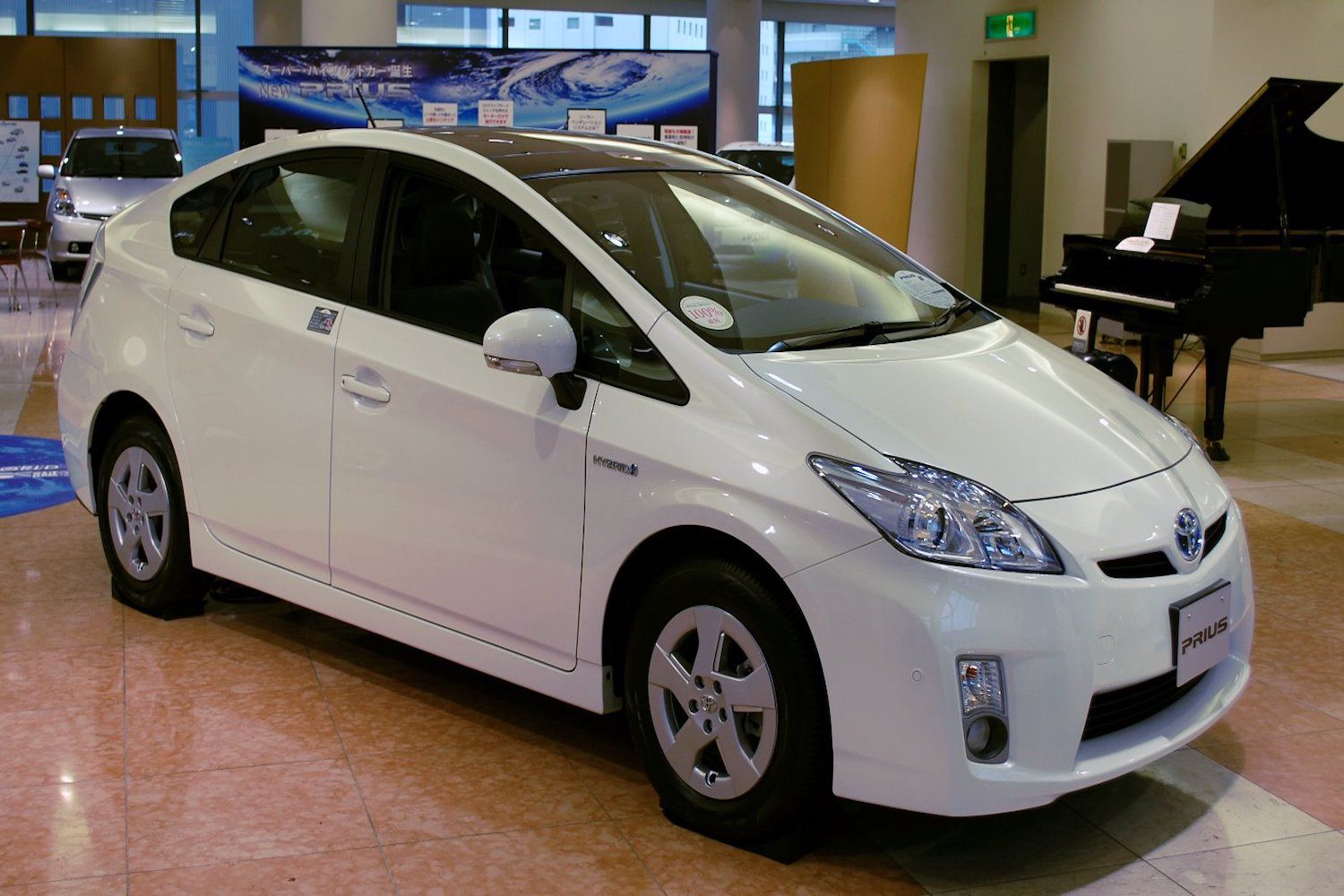
Toyota did not invent the concept of the hybrid vehicle, an idea that had been tinkered with since the late 19th century, but it did bring it into the mainstream.
“Prius is the vehicle that made ‘hybrid’ a household name,” Brauer said. “It taught the world market what a hybrid was capable of doing if it was well executed.”
The 2001 release of the Toyota Prius — it debuted in Japan in 1997 and didn’t make a real mark here until a redesign in 2004 — was the capstone on five years of research, development, and testing. The first practical, low-emission family vehicle to be mass produced, the Prius set the standard for hybrids to come and will be remembered as one of the most important milestones in automotive history.
Related: Electric Cars Cheaper Than a Tesla
Sienna
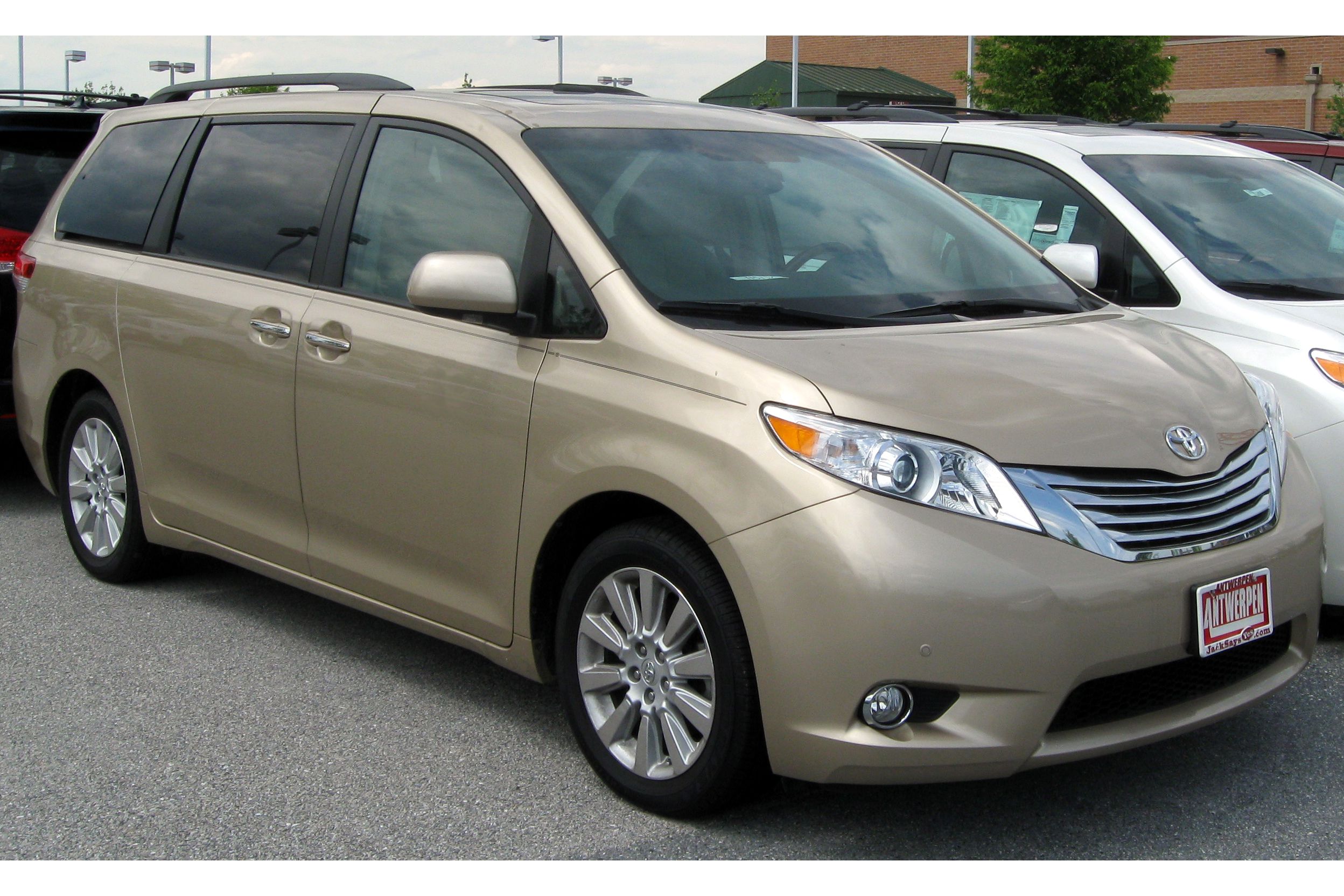
There is a seemingly endless variety of minivans on the market, but only two could begin to compete with the Toyota Sienna, Brauer said. Those are the Honda Odyssey and the Chrysler Pacifica, previously known as the Town and Country, but either would be hard-pressed to call themselves better than, or even equal to, the Sienna.
“The Sienna is a great minivan because it’s got all the traditional Toyota characteristics,” Brauer said. “It runs for an indefinite amount of time with minimal, if any, problems. It’s super dependable, it’s comfortable, and it’s got some smart family-friendly features. If someone needs a minivan but has zero budget and says, ‘If it ever breaks down, I’ll die,’ I’d say get a Sienna.”
Related: The Best, Worst, and Weirdest Minivans of All Time
Tacoma
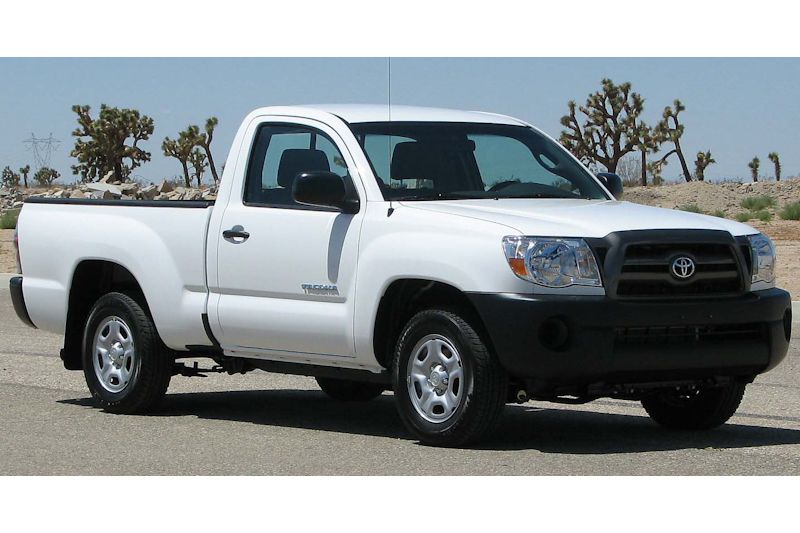
The Tacoma was another Toyota creation that held true to the company mantra of reliability while serving as a major industry disrupter.
“The truck world was kind of owned by the domestics throughout most of the history of the automobile,” Brauer said. “The Tacoma essentially displaced all of the midsize and compact domestic trucks as the bestseller and the most widely respected and capable midsize truck.”
It was the first Toyota truck to make a splash in the U.S. market, but it would not be the last.
Related: These Cars Are the Most Likely to Surpass 200,000 Miles
Tundra
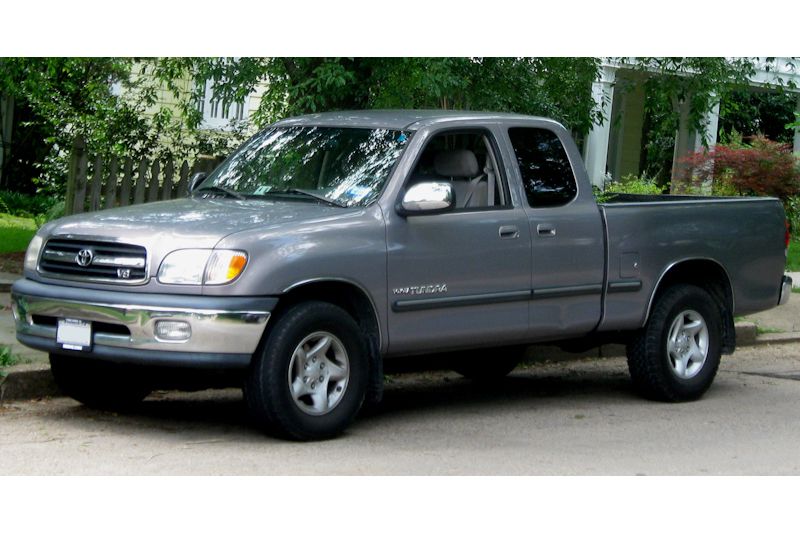
In model year 2000, Toyota did something no major foreign automaker had done: It launched a significant challenge to the nearly undisputed dominance of U.S. manufacturers in the high-volume, high-profit, full-size pickup truck segment. In the late 1990s, Toyota introduced the T100, which was technically full-size, but not by American standards — it was dwarfed by the big, muscular segment leaders such as the Chevy Silverado, Dodge Ram, and Ford F-Series. The Tundra, however, was not, and it earned the Motor Trend Truck of the Year Award in 2000, its inaugural year.
Unfortunately for Toyota, it perfected the company’s full-size model just as the country was moving away from its love affair with big trucks.“I always felt bad for Toyota, because the Tundra literally hit at the worst possible time,” Brauer said.
Related: Cars You Can Keep for More Than a Decade
MR2

Like all specialized cars, the MR2 played a much smaller role in the Toyota story than the mainstay, brand-defining vehicles that made it famous. That said, the MR2 was a super-cool ride that commanded a loyal fan base, in part because of its price.
“If you were looking for the least expensive mid-engine sports car, which is a pretty exotic engine and drivetrain layout, MR2s were pretty cool,” Brauer said. “You got a dependable, exotic car for a much lower price than a traditional exotic car.”
Related: Vintage Convertibles That Will Blow Your Hair Back
Matrix
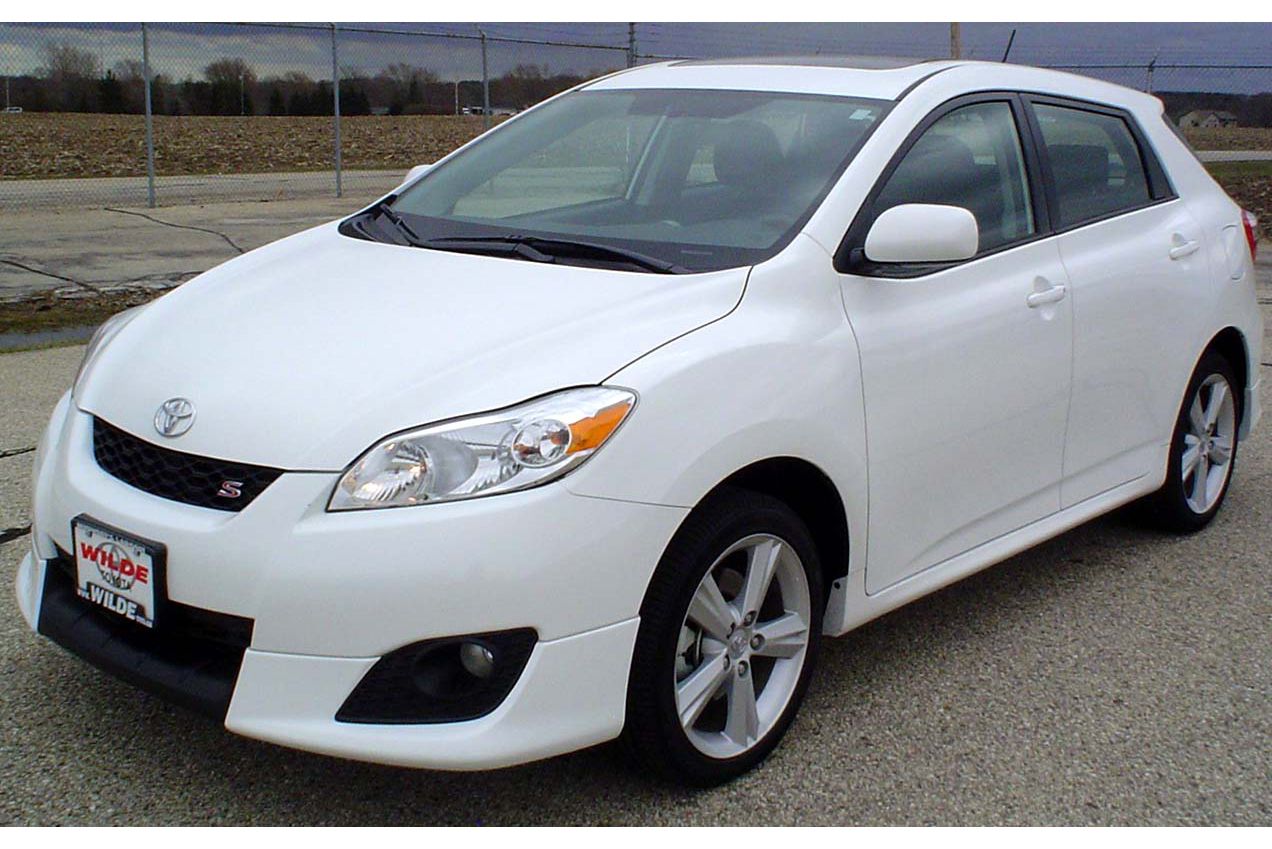
Enjoying a decadelong production run starting in 2003, the Toyota Matrix was never a sexy car to drive. Both generations of the compact-but-tall wagon, however, were reliable, practical, affordable, and good on gas. They were known for only rare visits to the mechanic, being equipped with good safety features, and offering plenty of room for people and their stuff.
Related: Ugly Cars That Never Should Have Left the Assembly Line
Yaris
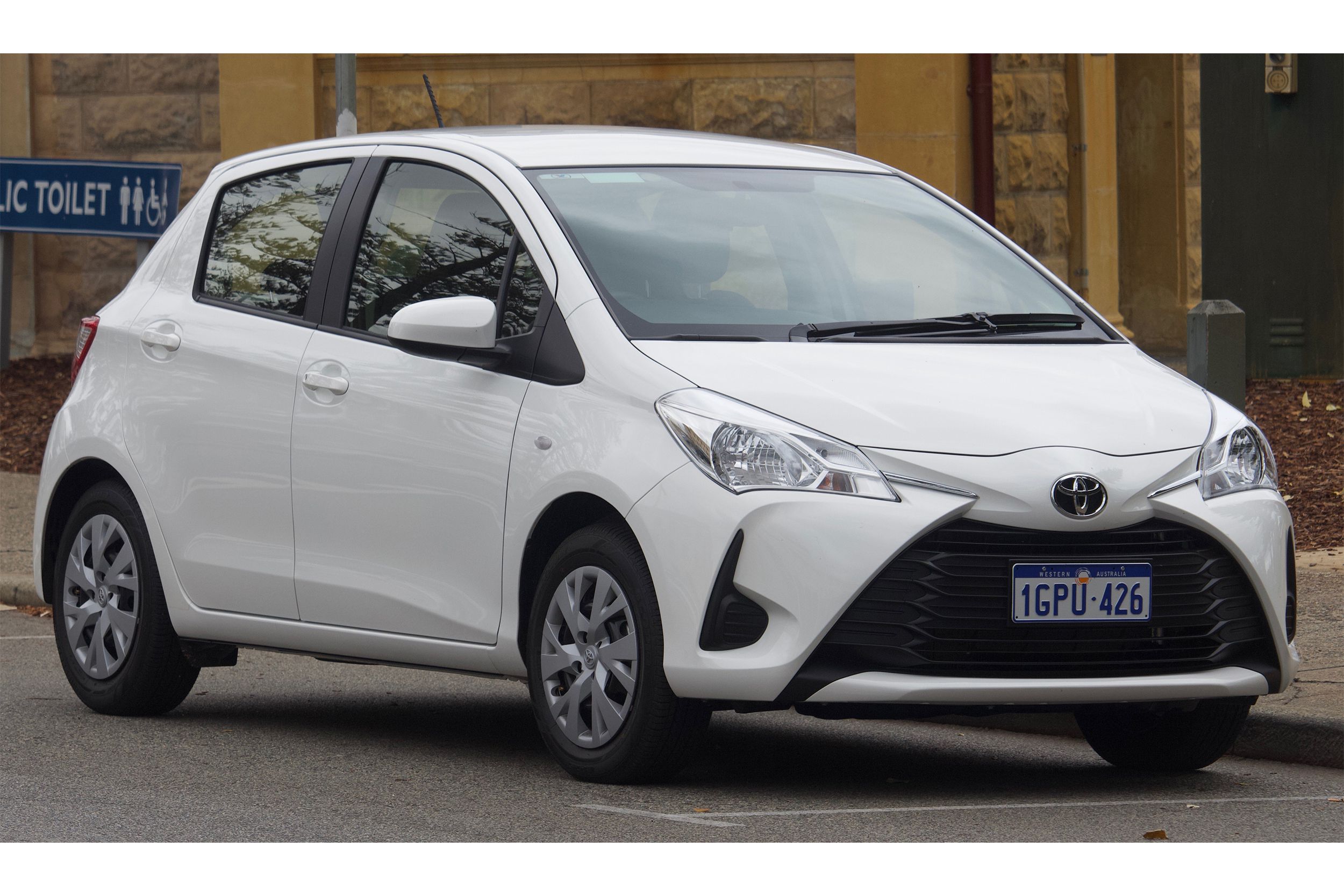
The entry-level subcompact Toyota Yaris earned a reliability rating of four out of five from J.D. Power. Owners give it 4.5 on Kelley Blue Book ratings, citing its affordability — in upfront price and long-term ownership cost — as well as its excellent gas mileage and surprisingly sporty handling and interior comfort.
Avalon
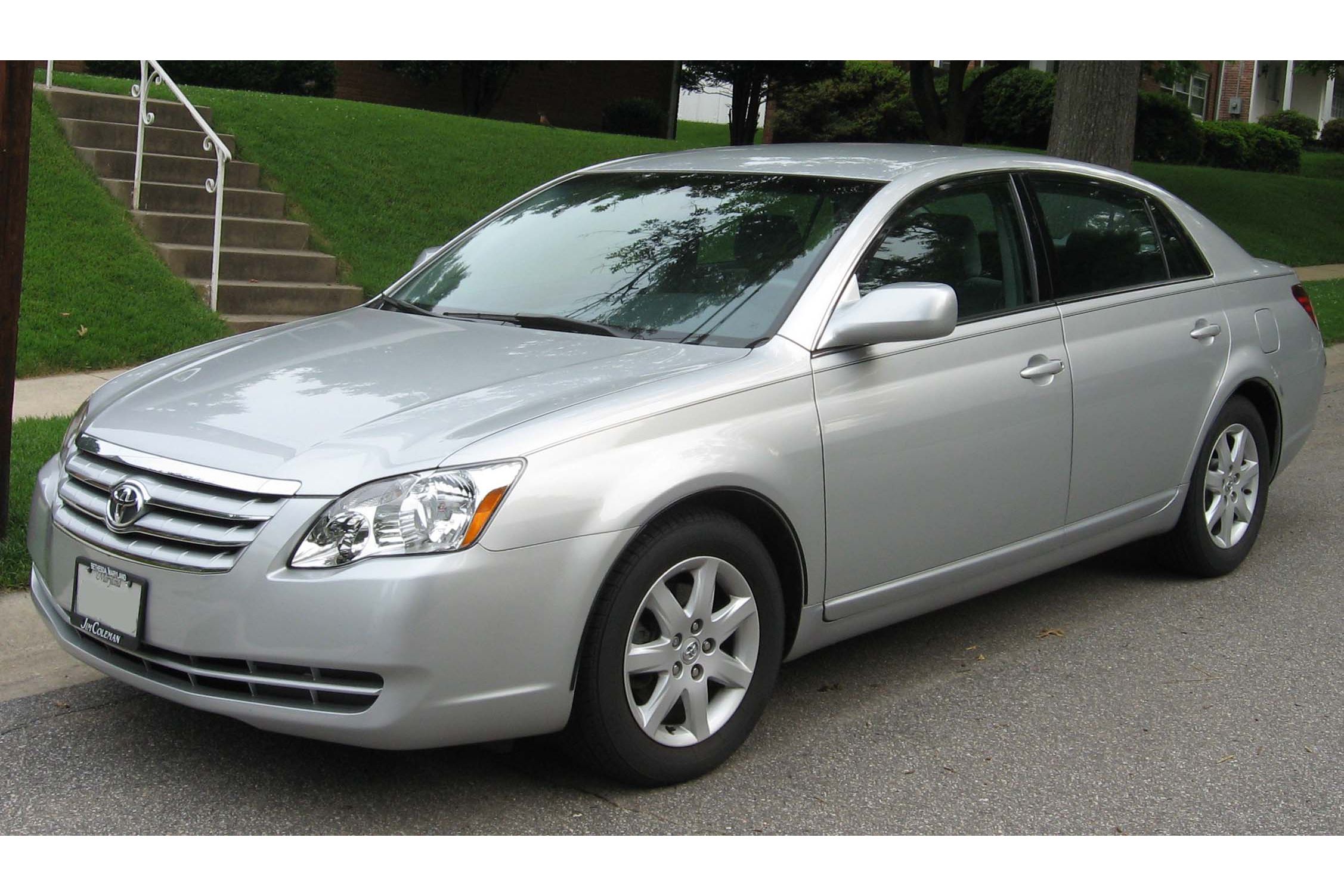
Unlike the Yaris and the Matrix, the full-size Avalon is exceedingly fun to drive, thanks to a standard 301-horsepower V6 engine that offers plenty of power for the big, roomy sedan. Despite all that brawn, it boasts 32 mpg on the highway and offers excellent steering and handling, even on choppy pavement. As with the 4Runner, it’s pricey for its class, but shares the reliability and affordability in terms of long-term ownership costs of so many other Toyotas in the brand’s lineup.
Related: “Foreign” Cars That Are Made in America
Sequoia
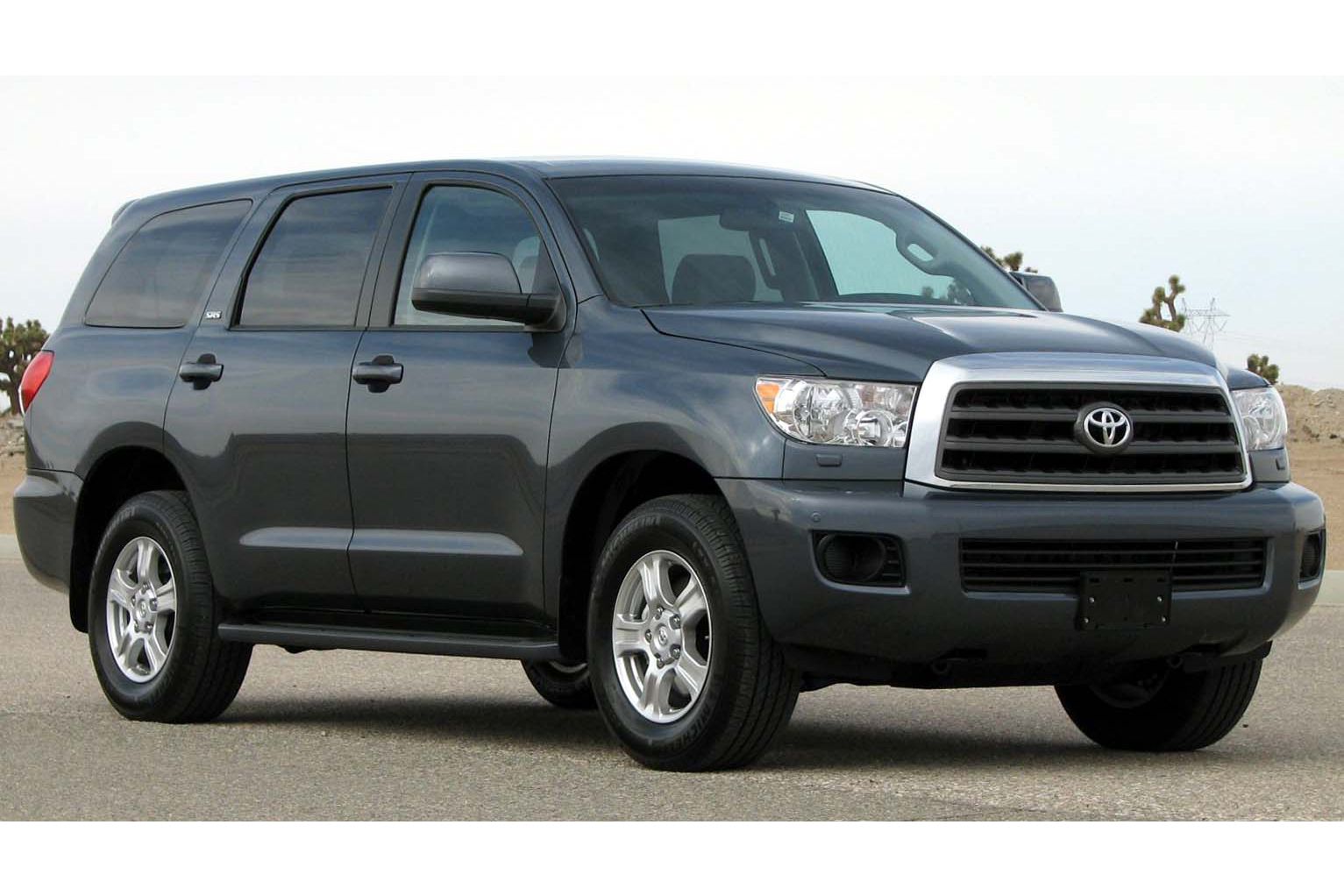
The beastly Sequoia is loved by owners — it’s rated 4.8 out of five on Cars.com with 100% of reviewers recommending it for purchase. Big even in the class of full-size SUVs, it’s a powerful vehicle thanks to its 381 horses, it’s as roomy as its size implies, and while the interior isn’t luxurious, it’s functional and comfortable.
Related: Least Expensive SUVs to Own
86
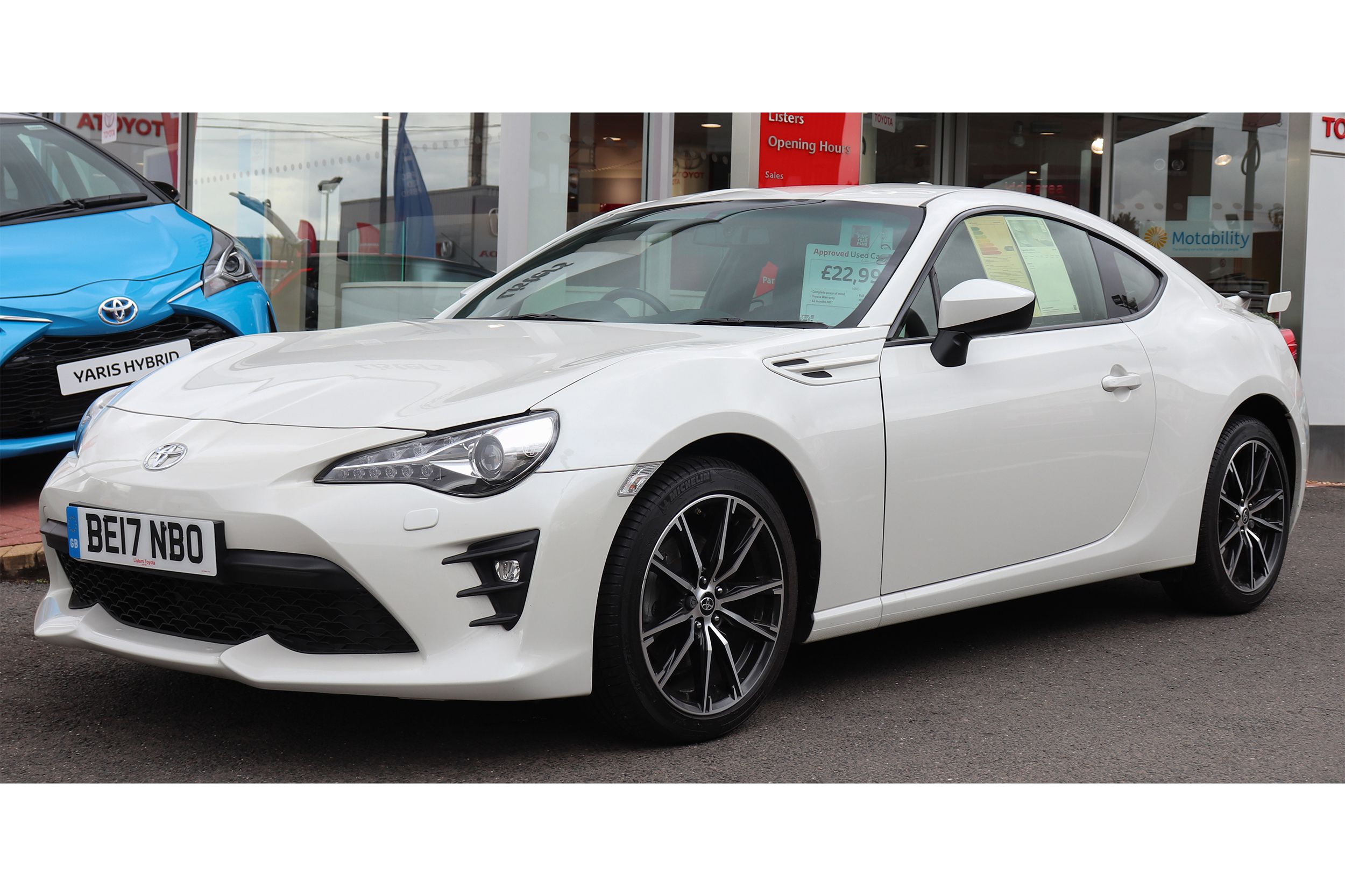
The rear seats are small, and with just 205 horsepower it’s certainly not a Porsche, but the Toyota 86 is all sports car. You can get behind the wheel for less than $30,000, where you’ll revel in its precise six-speed manual transmission and stellar real-wheel-drive handling. It gets good gas mileage and, like so many other Toyotas, it’s reliable and inexpensive to own in the long-term.
Related: Places to Get Behind the Wheel of a Sports Car You Can’t Afford
C-HR
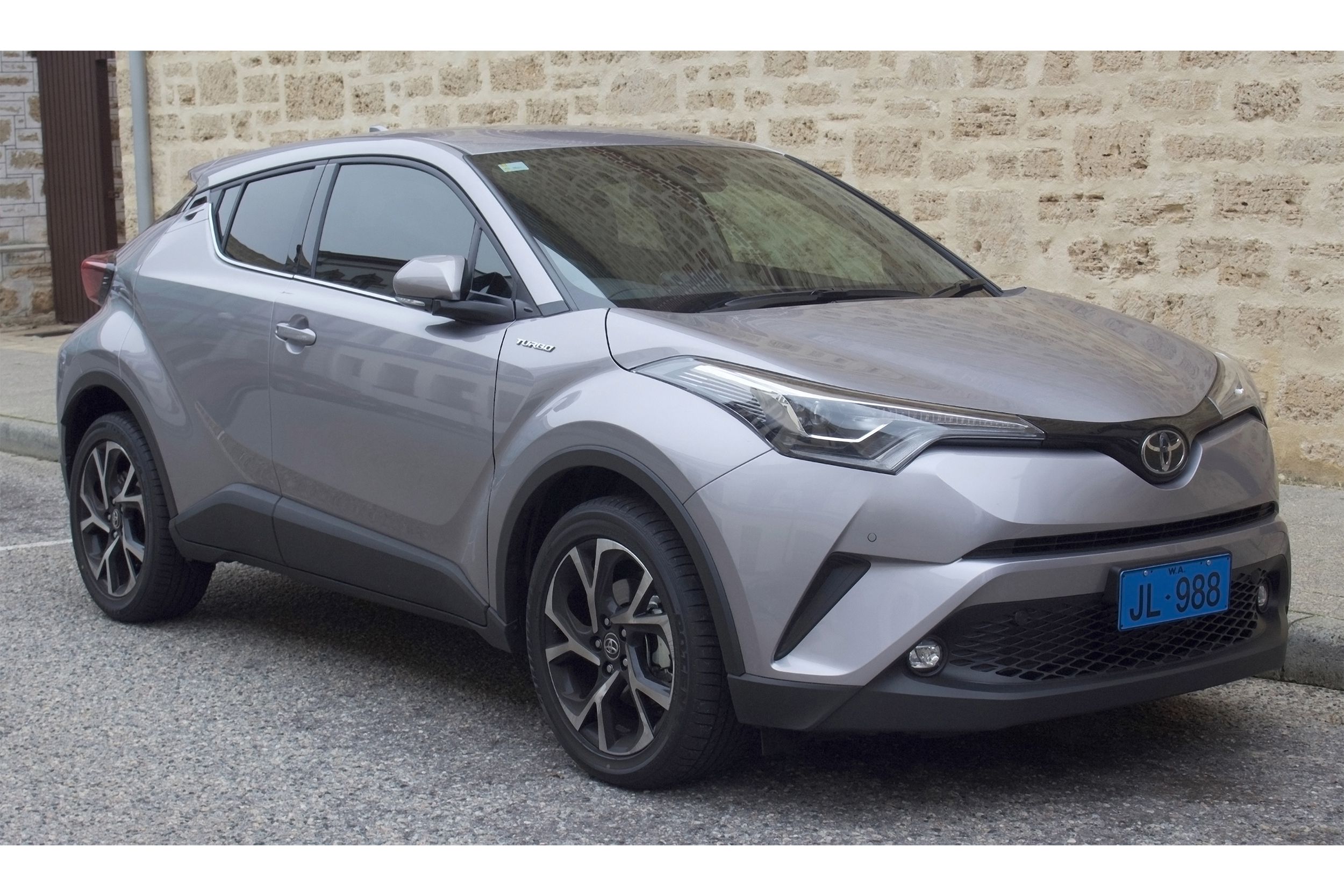
Following in a well-traveled Toyota tradition, the C-HR has an excellent record of retaining its resale value, is reliable, and rarely finds its way into the shop. Its rear seat is a bit tight, its acceleration isn’t going to blow many cars away off the line, and it would be nice if it were available in all-wheel drive. It is, however, great on gas, has crisp handling, and is a good-looking vehicle to boot. On top of that, it’s affordable — you can get into one for just a hair over $24,000.
Related: The Smallest Cars Ever Made
